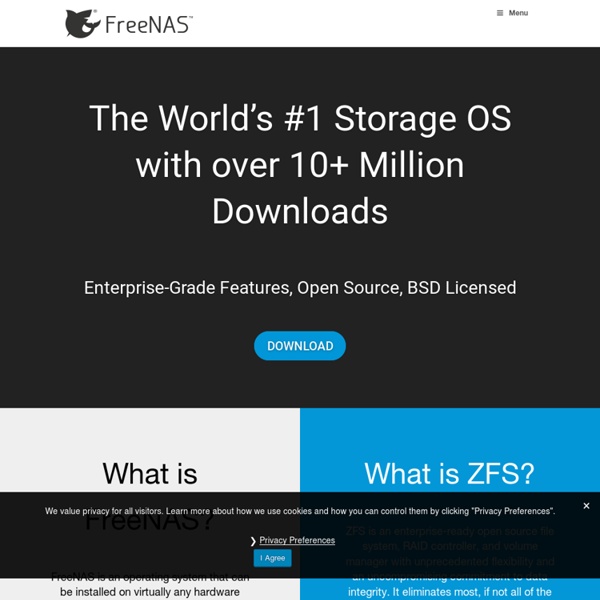



Samba Team Releases Samba 3.2 Jul 01, 2008, 17:15 (2 Talkback[s]) The Samba Team is proud to announce the release of Samba 3.2, a major new release of the award-winning Free Software file and print server suite for Microsoft Windows clients. The Evolution of the Samba Platform Samba 3.2 builds upon the success of Samba 3.0 by modernizing and enhancing the code whilst still retaining compatibility with all existing Samba installations. Clustered File Server Support Samba 3.2, in conjunction with the ctdb libraries and a back-end distributed file system such as Sun's Lustre, IBM's GPFS or Red Hat's GFS, can provide a fully clustered file server solution. Easier Configuration Samba 3.2 introduces a 'registry' based configuration system. Improved Integration with Microsoft Windows Samba 3.2 has been designed and tested to integrate with the latest Microsoft Windows clients and servers, such as Windows Vista service pack 1, and Windows server 2008. Encrypted Network Transport Reduced Memory Requirements IPv6 Support
Stig Database smb.conf Name smb.conf — The configuration file for the Samba suite The smb.conf file is a configuration file for the Samba suite. smb.conf contains runtime configuration information for the Samba programs. The smb.conf file is designed to be configured and administered by the swat(8) program. The file consists of sections and parameters. name = value The file is line-based - that is, each newline-terminated line represents either a comment, a section name or a parameter. Section and parameter names are not case sensitive. Only the first equals sign in a parameter is significant. Any line beginning with a semicolon (“;”) or a hash (“#”) character is ignored, as are lines containing only whitespace. Any line ending in a “\” is continued on the next line in the customary UNIX fashion. The values following the equals sign in parameters are all either a string (no quotes needed) or a boolean, which may be given as yes/no, 1/0 or true/false. The following sample section defines a file space share. Note %h %m
ActiveDirectoryWinbindHowto This Howto describes how to add an Ubuntu box in an Active Directory domain and to authenticate the users with AD. Note: Centrify Express and Likewise Open are alternative solutions for Linux systems to authenticate to an Active Directory domain. For Centrify Express see DirectControl. Used terms The first step in joining an Active Directory domain is to install and configure Kerberos. Required software You need to install the winbind and samba packages. The package smbfs is optional, but includes useful client utilities, including the smbmount command. Join The first step in joining the Active Directory domain is to edit /etc/samba/smb.conf: file: /etc/samba/smb.conf Adding valid users = @"Domain Users" to the [global] section will allow all Domain Users to see all of the shares avaliable without a password. Be sure to restart the Samba and Winbind services after changing the /etc/samba/smb.conf file: sudo /etc/init.d/winbind stop sudo /etc/init.d/samba restart sudo /etc/init.d/winbind start
Using a custom domain name How do I set up a custom domain for my blog? Pre-login steps: Choose a registrar, or use tools like Yahoo Domains or Domainr to find and buy a domain name that's available. (This usually costs about $10-$40 per year.)Make a configuration change depending on the number of levels in your desired domain. Your registrar should have instructions on how to do this. Post-login steps: Click Settings (the gear icon) at the top of your Dashboard.Click the blog you’d like to update on the right side of the page.Click the pencil to the right of the username section and enable "Use a custom domain." Do I need to change the nameservers for my domain? Nope, just the A-record or CNAME record depending on levels in your domain. How do I know if I set up my domain properly? After re-configuring your domain, you must wait up to 72 hours for the changes to take effect. What happens when someone visits my Tumblr URL? What if I’m having trouble setting up a custom domain?